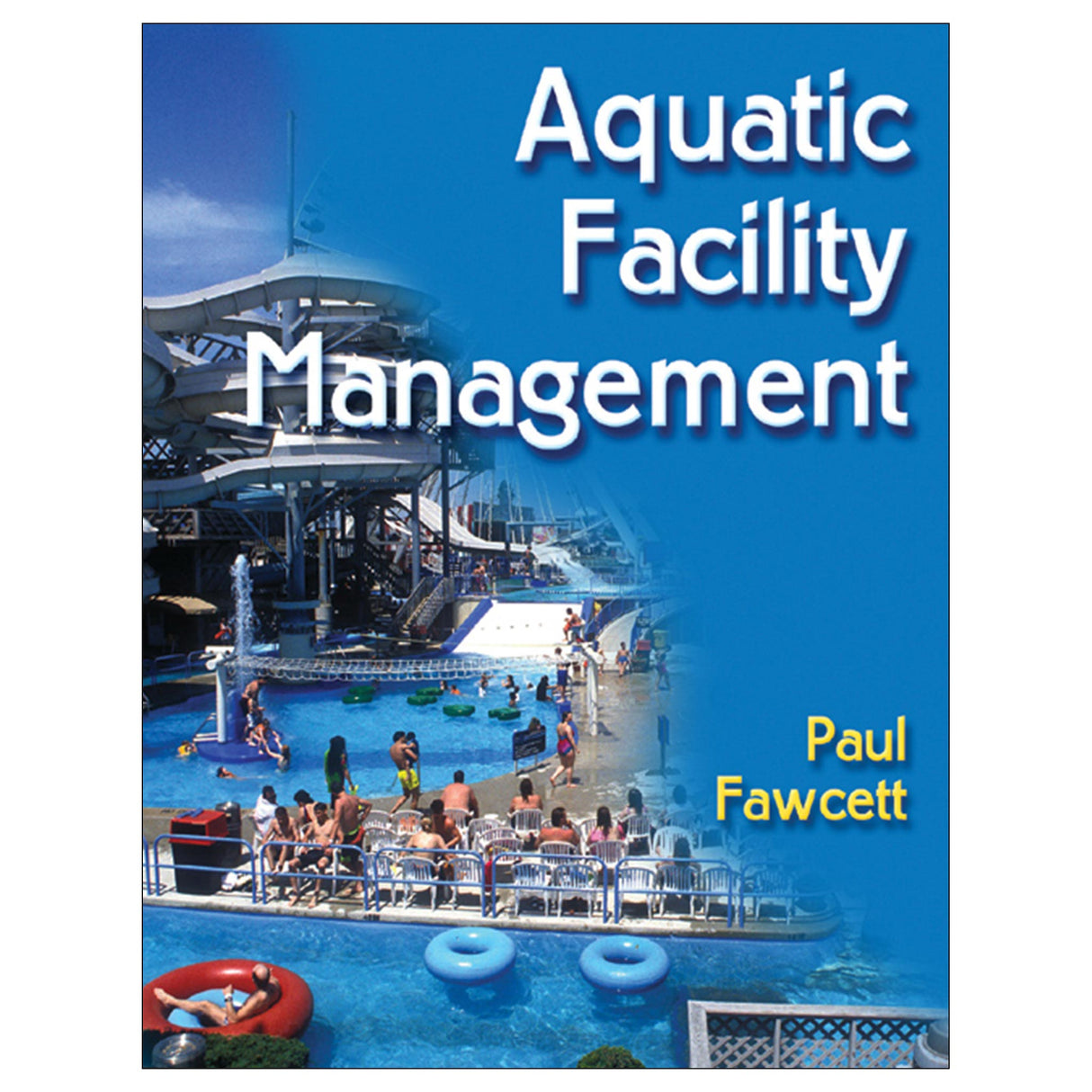Aquatic Facility Management PDF
Author: Paul Fawcett
$44.00 USD
Access Duration: 10 Years
• Ample reproducible forms for handling everything from program promotion and risk management to evaluation of staff and programs
• Student-friendly textbook features
• Information on industry standards, related organizations, equipment sources, and more
Aquatic Facility Management e-book provides current and future aquatics professionals with a complete guide to running aquatics programs safely and effectively. This practical reference covers everything an aquatics director needs, including detailed information on
• directing, promoting, and evaluating programs;
• administering a budget and developing staff;
• overseeing all aspects of lifeguarding and safety systems; and
• managing risks, water chemistry and filtration systems, and facility operations.
Course instructors will appreciate the book’s student-friendly features, including chapter objectives, key terms, and chapter summaries.
In addition to the extensive information on program development and management, the book offers lists of additional resources for each chapter; a variety of reproducible forms to use in promoting, running, and evaluating programs; and several appendixes that list aquatic-related agencies, equipment sources, and more.
With its complete coverage of relevant topics, Aquatic Facility Management e-book provides aquatics professionals with an effective training resource and invaluable reference that they’ll turn to again and again.
Chapter 1. Choosing and Developing Aquatic Programs
Aquatic Programs
Deciding Which Programs to Offer
Enhancing Existing Programs
Evaluating Program Quality
Deciding When to Drop a Program
Summary
Review Questions
Bibliography
Resources
Chapter 2. Managing Programs
Developing Program Policies
Accommodating Children in Locker Rooms
Programs for People With Disabilities
Organizing Program Registration
Organizing Classes
Orientation
First Day Organization
Supervising Instruction
Evaluating Students’ Progress
Collecting Program Statistics
Working With Outside Groups
Outside Agency Collaborations
Summary
Review Questions
Bibliography
Resources
Chapter 3. Promoting Programs and Public Relations
Your Audience
Key Promotional Points
Promotional Outlets
Crisis Communications
Facility Image
Professional Marketing and Public Relations
Summary
Review Questions
Bibliography
Resources
Chapter 4. Budgeting
The Budgeting Process
Income
Expenses
Break-Even Point
Managing a Budget
Methods of Payment
Fiscal Reports
Basic Principles of Cash Flow Management
Financial Crisis Planning
Making Major Purchases
Summary
Review Questions
Bibliography
Resources
Chapter 5. Developing Staff
Staff Positions
Volunteers
Recruiting
Interviewing Potential Staff
Skills and Knowledge Evaluation
Hiring
Supervision
Scheduling
In-Service Training
Staff Retention
Career Development
Summary
Review Questions
Bibliography
Resources
Chapter 6. Lifeguarding
Lifeguard Position Description
Lifeguard Qualifications
Use of Noncertified Staff in an Aquatic Environment
Lifeguard Professionalism
Technical Aspects of Lifeguarding
Lifeguard–EMS Connection
Lifeguard Health and Safety
Stationing Guards
Safety Systems
Special Situations
Preventing Disease Transmission
Lifeguarding in Open Water Environments
Lifeguards and Law Enforcement
Junior Lifeguards
Legal Aspects of Lifeguarding
Lifeguard Competitions
Summary
Review Questions
Bibliography
Resources
Chapter 7. Managing Risks and Planning for Emergencies
Risk Management Theory
Types of Emergencies
Alcohol and the Aquatic Facility
Areas of Special Concern
Codes and Laws
Aquatic Facility Rules
Emergency Equipment
Emergency Reporting Forms
Developing Emergency Plans
Informing Next of Kin
Dealing With Critical Incident Stress
Legal Issues
Summary
Review Questions
Bibliography
Resources
Chapter 8. Managing Water Chemistry and Filtration
Circulation
Filtration
Cleaning the Pool Bottom
Water Testing
Water Chemistry
Disease Transmission
Water Temperature
Langlier Saturation Index
Common Water Problems
Pool Operator Training
Summary
Review Questions
Bibliography
Resources
Chapter 9. Managing Facility Operations
Security
Safety and Sanitation Procedures
Contracted Maintenance and Cleaning
Chemical Safety
Electrical Safety
Fire Safety
Special Attraction Safety
Equipment Inventory and Maintenance
Fecal and Vomit Contamination Cleanup Procedures
Spas and Hot Tubs
Energy Conservation
Winterizing Outdoor Swimming Pools
Record Keeping
Summary
Review Questions
Bibliography
Resources
Appendix A. Aquatic-Related Agencies
Appendix B. State Bathing Code Contact List
Appendix C. Aquatic and Safety Equipment Sources
Appendix D. Aquatics Forms
Glossary of Aquatic Terms
Index
About the Author





